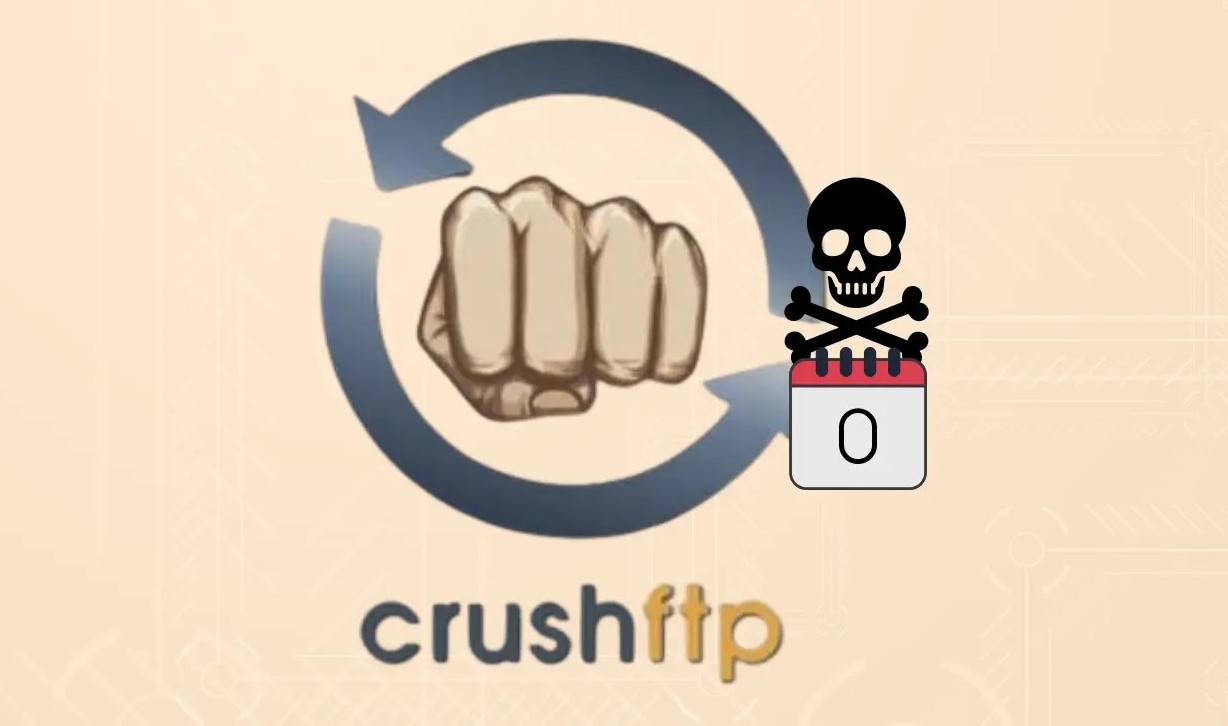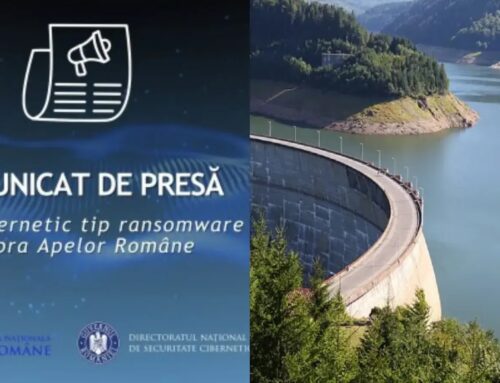
New CrushFTP 0-Day Vulnerability Exploited in the Wild to Gain Access to Servers
Urgent Alert: CrushFTP 0-Day Vulnerability Exploited in the Wild
The digital landscape is constantly under siege, and the latest threat comes in the form of a critical zero-day vulnerability impacting CrushFTP, a widely used managed file-transfer (MFT) platform. Confirmed by both the vendor and leading threat intelligence sources, this flaw is not merely theoretical; it’s actively being exploited in the wild, allowing unauthenticated attackers to seize full administrative control of vulnerable servers. This developing situation demands immediate attention from all organizations utilizing CrushFTP.
Understanding the Threat: CVE-2025-54309 Unveiled
The vulnerability, officially identified as CVE-2025-54309, is a severe security flaw that allows unauthenticated attackers to gain complete administrative access to CrushFTP servers via HTTPS. This means an attacker doesn’t need legitimate credentials or prior access to compromise a system. The implications are profound, as an MFT solution often handles highly sensitive data, making unauthorized access a direct pipeline to critical organizational assets and confidential information.
Exploitation of CVE-2025-54309 was first detected on July 18, 2025, at 09:00 CST, highlighting the rapid transition from discovery to active exploitation. This timeline underscores the urgent need for timely patching and security measures, as threat actors are quick to weaponize newly discovered vulnerabilities.
Impact and Risks Associated with CrushFTP Exploitation
The successful exploitation of this CrushFTP 0-day vulnerability can lead to a multitude of devastating consequences for affected organizations:
- Full Administrative Control: Attackers can gain complete control over the CrushFTP server, allowing them to modify configurations, create/delete users, and access all stored files.
- Data Exfiltration: With administrative access, threat actors can easily download, exfiltrate, or delete sensitive files that are transferred or stored on the MFT platform. This includes confidential business documents, intellectual property, customer data, and personal information.
- Lateral Movement: A compromised MFT server can serve as a pivot point for attackers to move laterally within the organization’s network, gaining access to other critical systems and data repositories.
- Ransomware Deployment: Attackers could deploy ransomware, encrypting critical data and demanding payment for its release, disrupting business operations and incurring significant financial losses.
- Reputational Damage: Data breaches resulting from such vulnerabilities can severely damage an organization’s reputation, leading to loss of customer trust and potential legal ramifications.
Remediation Actions: Crucial Steps for CrushFTP Users
CrushFTP has indicated that the issue was inadvertently resolved in later builds. This means that users running older, unpatched versions of CrushFTP are at immediate risk. Here are the critical steps organizations must take:
- Immediate Patching: The most crucial step is to update CrushFTP to the latest available secured version. Confirm with CrushFTP directly which specific build numbers include the fix for CVE-2025-54309. Do not delay this action.
- Vulnerability Scanning: Conduct immediate vulnerability scans of your external-facing CrushFTP instances to identify any remaining vulnerabilities or misconfigurations.
- Network Segmentation: Isolate your CrushFTP server from other critical internal systems where possible. This can limit lateral movement in the event of a successful breach.
- Review Logs and Activity: Meticulously review CrushFTP server logs and network traffic for any suspicious activity dating back to July 18, 2025, particularly failed login attempts, unusual file transfers, or unauthorized configuration changes.
- Implement Strong Authentication: Ensure all CrushFTP accounts, especially administrative ones, utilize strong, unique passwords and multi-factor authentication (MFA).
- Least Privilege Principle: Review and enforce the principle of least privilege for all user accounts on the CrushFTP platform, granting only the necessary permissions for their roles.
Tools for Detection and Mitigation
Leveraging the right tools can significantly aid in the detection of vulnerabilities and the overall security posture of your CrushFTP environment. While specific commercial tools may vary, open-source and standard enterprise security tools offer valuable capabilities.
| Tool Name | Purpose | Link |
|---|---|---|
| Nessus | Comprehensive vulnerability scanning and identification. | https://www.tenable.com/products/nessus |
| OpenVAS | Open-source vulnerability scanner for network and application assessment. | http://www.openvas.org/ |
| Wireshark | Network protocol analyzer for deep inspection of network traffic anomalies. | https://www.wireshark.org/ |
| Snort / Suricata | Intrusion Detection/Prevention Systems (IDS/IPS) for real-time traffic analysis and threat detection. | https://www.snort.org/ / https://suricata-ids.org/ |
| Security Information and Event Management (SIEM) Solutions | Aggregates and analyzes security logs from various sources, aiding in incident detection and response. (e.g., Splunk, ELK Stack, QRadar) | (Vendor-specific) |
Stay Vigilant: The Evolving Threat Landscape
The exploitation of CVE-2025-54309 underscores that even widely used and trusted platforms can become targets. Organizations must maintain heightened vigilance, subscribe to threat intelligence feeds, and prioritize prompt patching and robust security practices. Regularly review your attack surface, enforce strong security policies, and prepare for rapid incident response to mitigate the impact of such critical vulnerabilities. Proactive security measures are no longer an option but a dire necessity in safeguarding digital assets.





